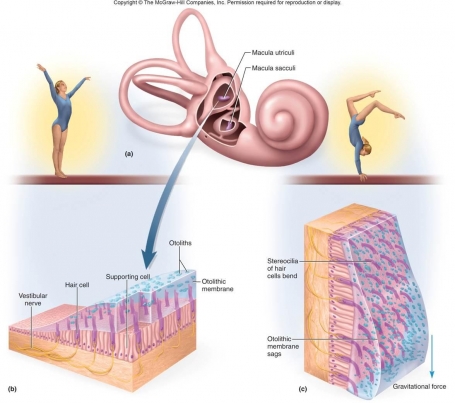
At birth, babies have several primitive reflexes that help them survive, such as the rooting reflex, which aids in feeding and the palmar reflex, which allows them to hold onto objects. As children grow and their brains develop, these reflexes are meant to be “turned off” as...
For most, balance may seem like a simple task. Still, it’s a highly complex process involving multiple systems working in harmony. Balance depends on the interaction of three major systems: the visual system (eyes), the vestibular system (inner ear), and the proprioception sys...
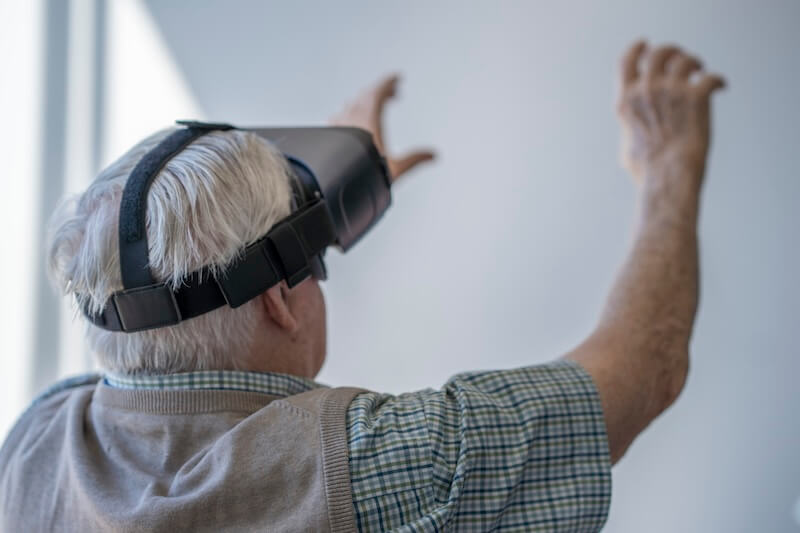
Maintaining balance is a complex process that relies on information from several body parts. The inner ear, eyes, muscles, joints, and vestibular organs work together to help us stay upright and coordinated. Balance can be disrupted when these components are damaged due to injur...
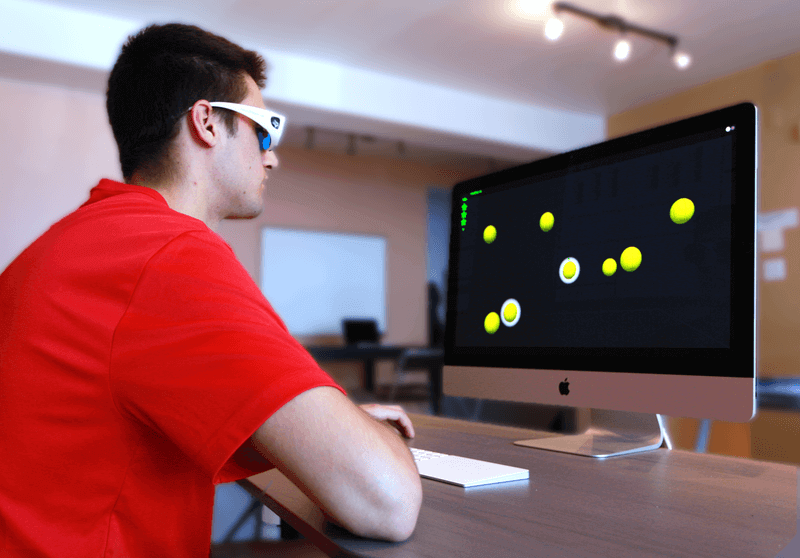
At Brainstorm Rehabilitation, we are skilled with innovative neurological therapies that improve cognitive and physical health. One groundbreaking tool we're proud to offer is NeuroTracker , a scientifically validated cognitive training system designed to enhance attention...

Pickleball is quickly gaining popularity across Port Macquarie, and it’s easy to see why. This fun, accessible sport combines elements of tennis, badminton, and ping-pong, making it easy to learn while providing an enjoyable way to stay active. At Brainstorm Rehabilitation, we...

At Brainstorm Rehabilitation, we understand the challenges of sports-related head injuries. Concussions, often caused by impacts to the head, are among the most common and complex sports injuries. They can lead to headaches, dizziness, short-term memory issues, and fatigue. ...
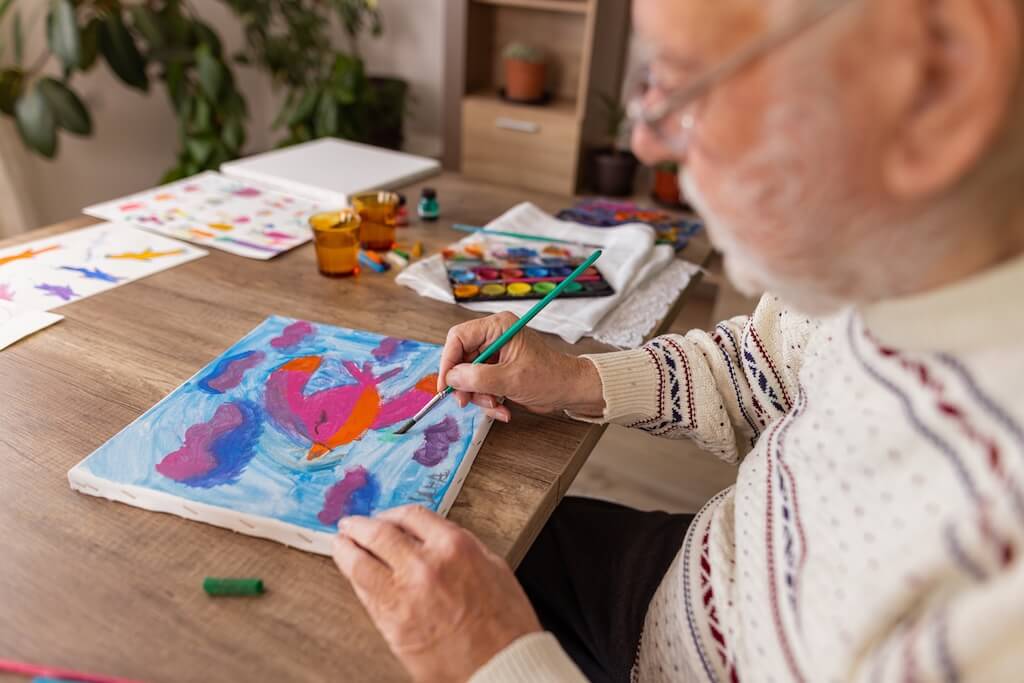
Acquired Brain Injury (ABI) occurs when the brain is damaged after birth due to various reasons, such as accidents, strokes, or infections. ABI can significantly impact a person’s life, affecting their physical abilities, thinking, emotions, and daily activities. Trau...
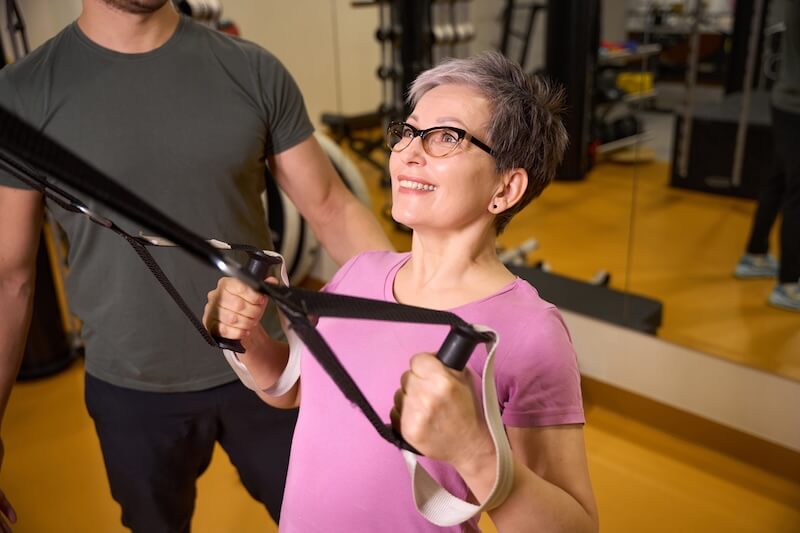
Multiple Sclerosis (MS) is a chronic neurological disorder that affects the central nervous system, leading to a wide range of symptoms such as muscle weakness, fatigue, and impaired coordination. This unpredictable condition can vary significantly from person to person, making ...
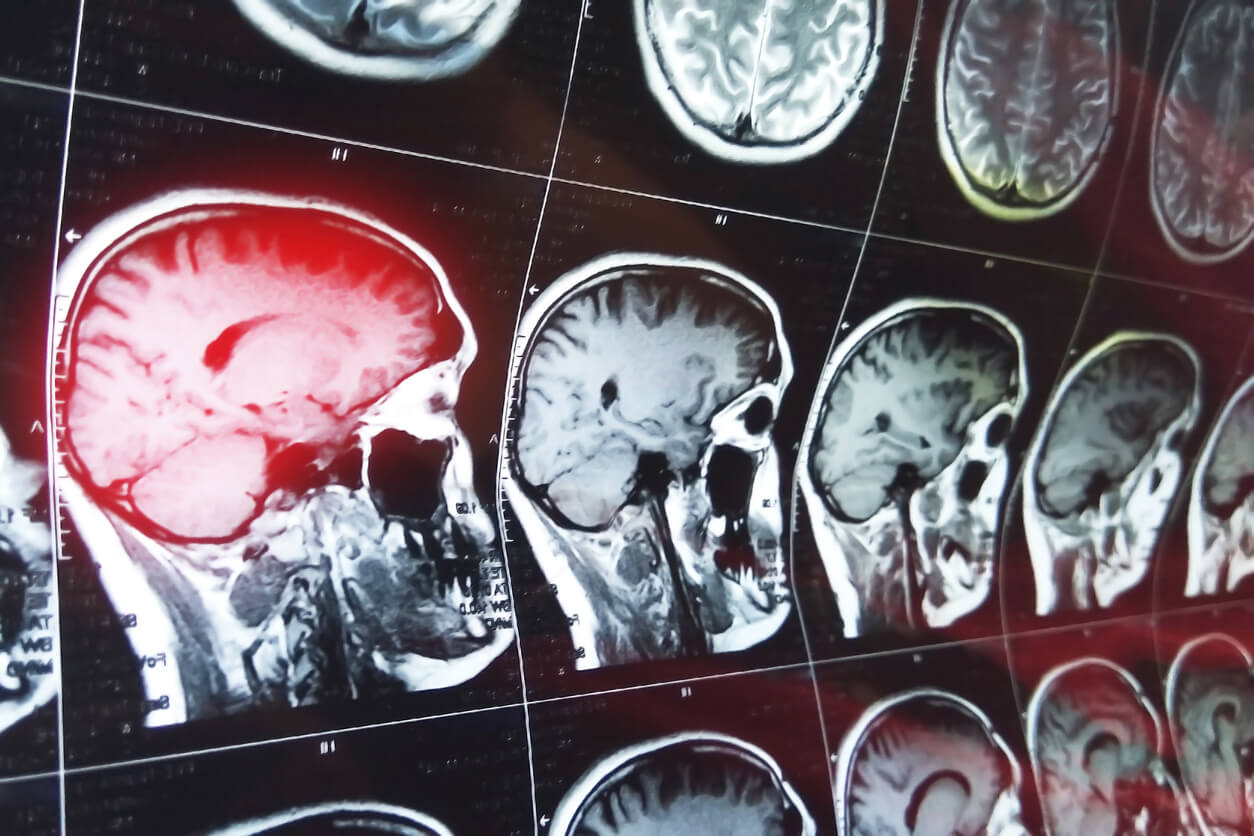
A stroke, also known as a cerebrovascular accident (CVA), is a critical medical event where the brain's blood supply is interrupted, leading to brain cell damage or death. Strokes fall into two primary categories: ischemic and hemorrhagic. An ischemic stroke occurs when a blood ...

Dementia is very present in our communities. Currently, more than 410,000 Australians are living with dementia and amongst the elderly, this disease is the most significant cause of disability in person and the second leading cause of death for Australians (AIHW 2024). At Bra...
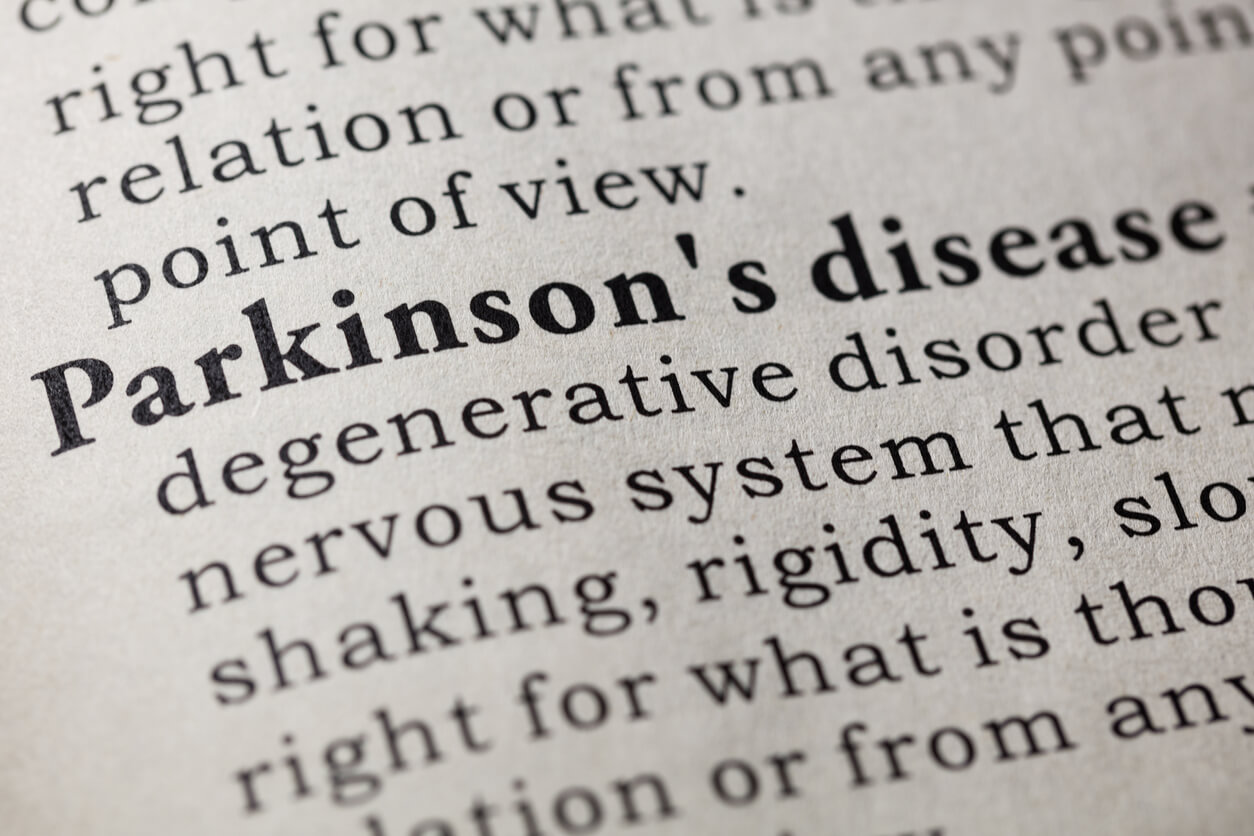
Parkinson’s disease is a progressive brain disorder that primarily affects movement but also impacts emotions and other body functions. It typically begins with subtle symptoms like minor tremors and shaking but gradually leads to more pronounced issues, including stiffness, s...

Brainstorm Rehabilitation is dedicated to enhancing brain performance through our comprehensive neurological rehabilitation services. Our unwavering focus is on the unique abilities of each person - adult or child, empowering them to achieve their best cognitive and physical pot...
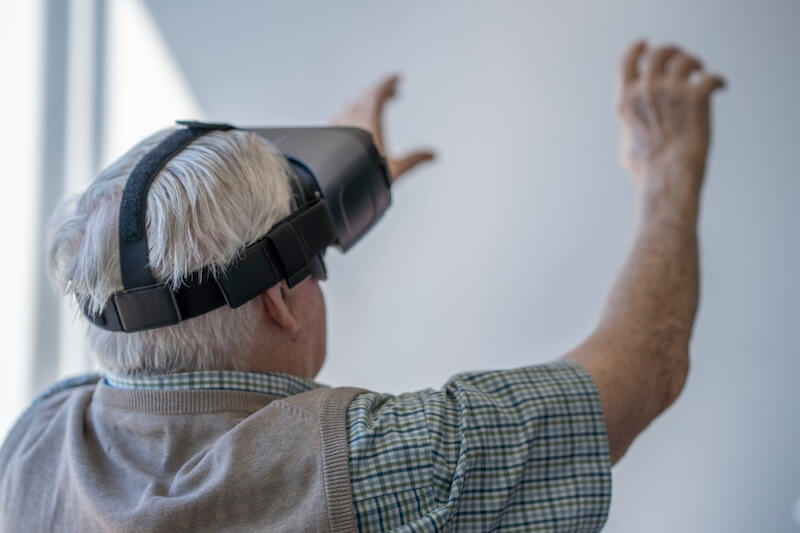
At Brainstorm Rehabilitation, we harness the power of digital cognitive training to support and enhance brain fitness, memory recall, attention, and focus. This innovative approach is a crucial component of our comprehensive rehabilitation programs, designed to meet the needs of...
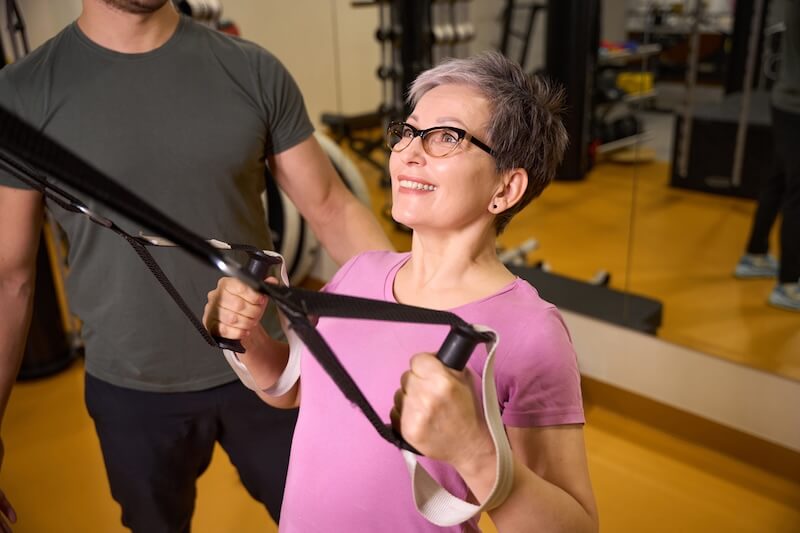
Brainstorm Rehabilitation, with its extensive expertise, offers comprehensive rehabilitation programs that incorporate movement coordination feedback training with motion guidance. This advanced approach, designed by our team of experienced professionals, is tailored to meet all...
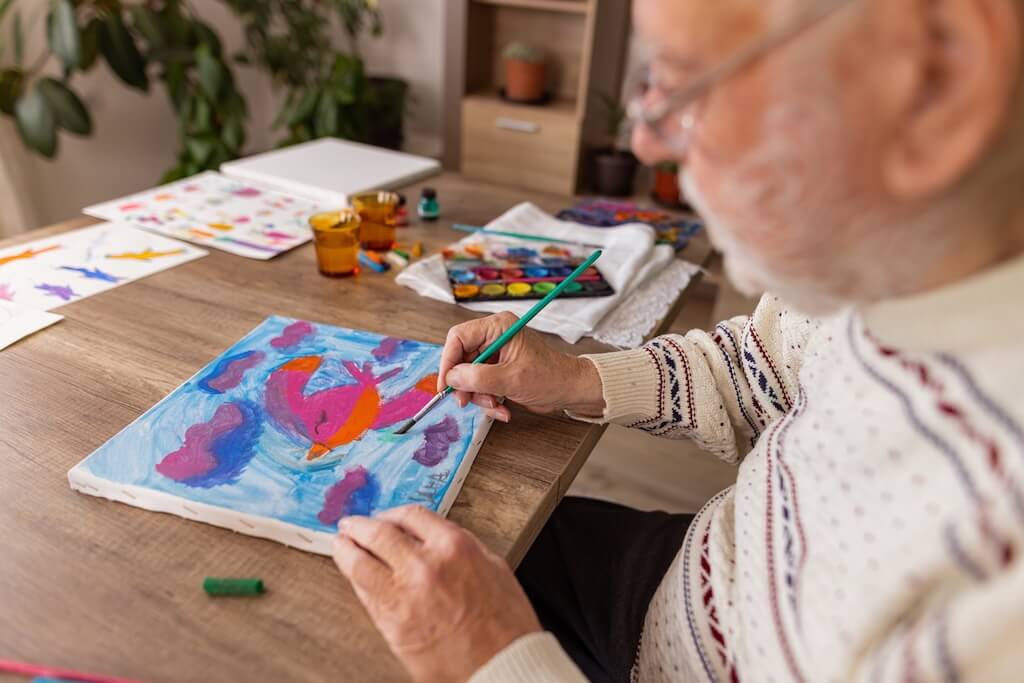
At Brainstorm Rehabilitation, we offer innovative vagal stimulation therapy as part of our holistic approach to neurological rehabilitation. This therapy promotes healing and recovery by stimulating the vagus nerve, which is crucial in activating the parasympathetic autonomic ne...

At Brainstorm Rehabilitation, we incorporate breathing techniques and mindfulness into our holistic approach to neurological rehabilitation. These practices are powerful tools for supporting relaxation and enhancing cognitive function, making them valuable recovery components fo...

Brainstorm Rehabilitation offers specialised balance training and vestibular rehabilitation therapy (VRT), critical components in improving stability and coordination for children and adults. These therapies benefit individuals recovering from neurological injuries or those faci...
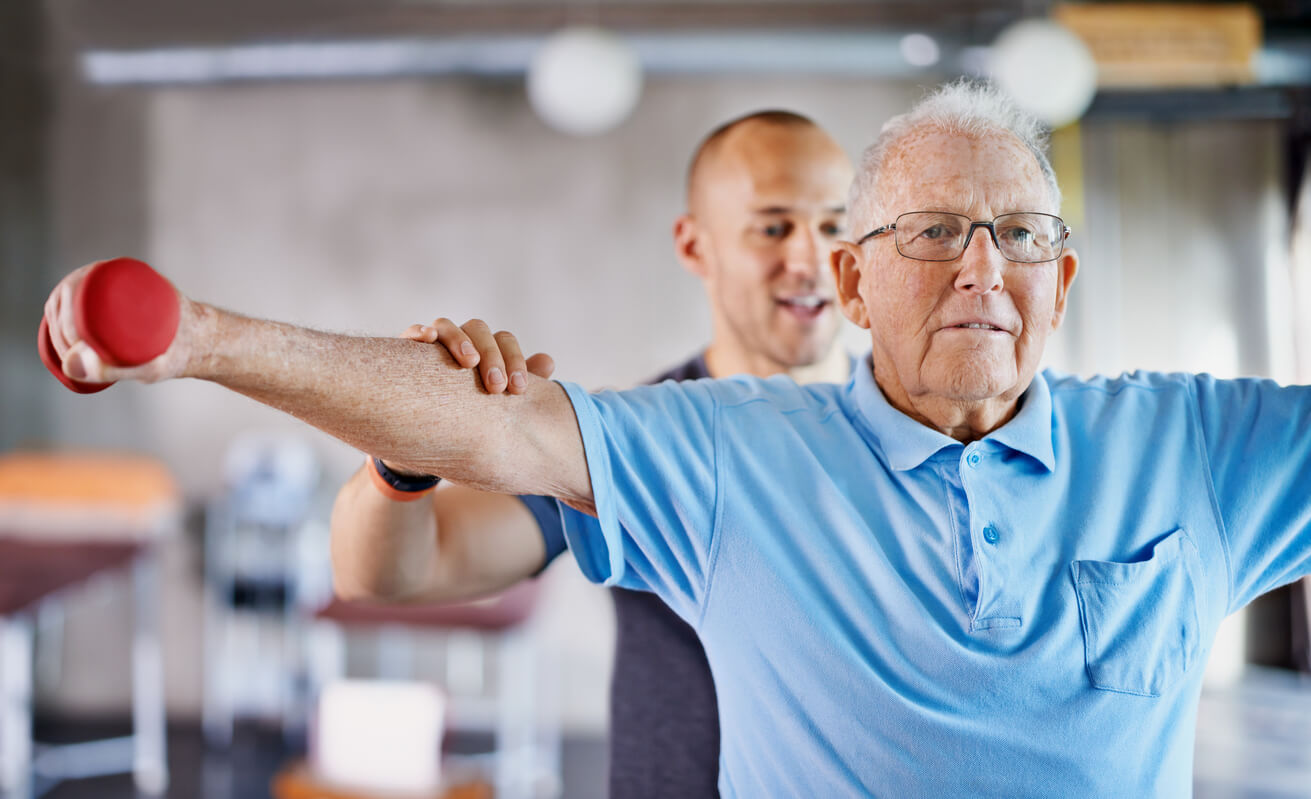
At Brainstorm Rehabilitation, we understand the profound connection between physical therapy and neurological recovery, particularly in the context of brain injury therapy. Our specialised limb and spinal exercises are vital for restoring motor function and are crucial in enhanc...

At Brainstorm Rehabilitation, we believe in a unique approach where every child can thrive, no matter their challenges. Our services are designed to build strength, improve skills, boost confidence, and help your child achieve their best. Whether your child is experiencing deve...

At Brainstorm Rehabilitation, we stand out with our unique approach to harnessing Neuroplasticity for Comprehensive Rehabilitation. This sets us apart as a leader in the field, ensuring that our clients receive the most effective and innovative treatments. At Brainstorm Rehabi...

At Brainstorm Rehabilitation, we recently worked with a 48-year-old woman who had been battling severe nausea and vertigo (dizziness) for over 25 years. Imagine feeling constantly off balance and sick to your stomach for that long—it was a massive challenge for her! Over the pa...

Imagine feeling dizzy, nauseous, and disoriented, not just once in a while, but on and off for five long years. That was the reality for a 49-year-old woman who had been battling vertigo—a condition that leaves you feeling like the world is spinning even when you're standing st...
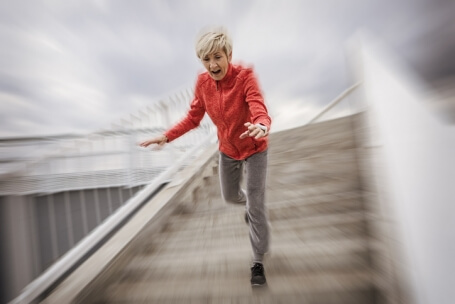
Falls can significantly affect the quality of life, especially as we age. For many, the fear of falling can limit daily activities, social engagement, and independence. In this case, we’ll explore how Vestibular Rehabilitation Therapy (VRT) can improve balance and reduce the ri...

Heart Rate Variability (HRV) measures the changes in time between each heartbeat. Instead of a steady, rhythmic heart rate, a healthy heart shows slight variations from beat to beat. These variations are controlled by the autonomic nervous system (ANS) and are a useful way to ass...
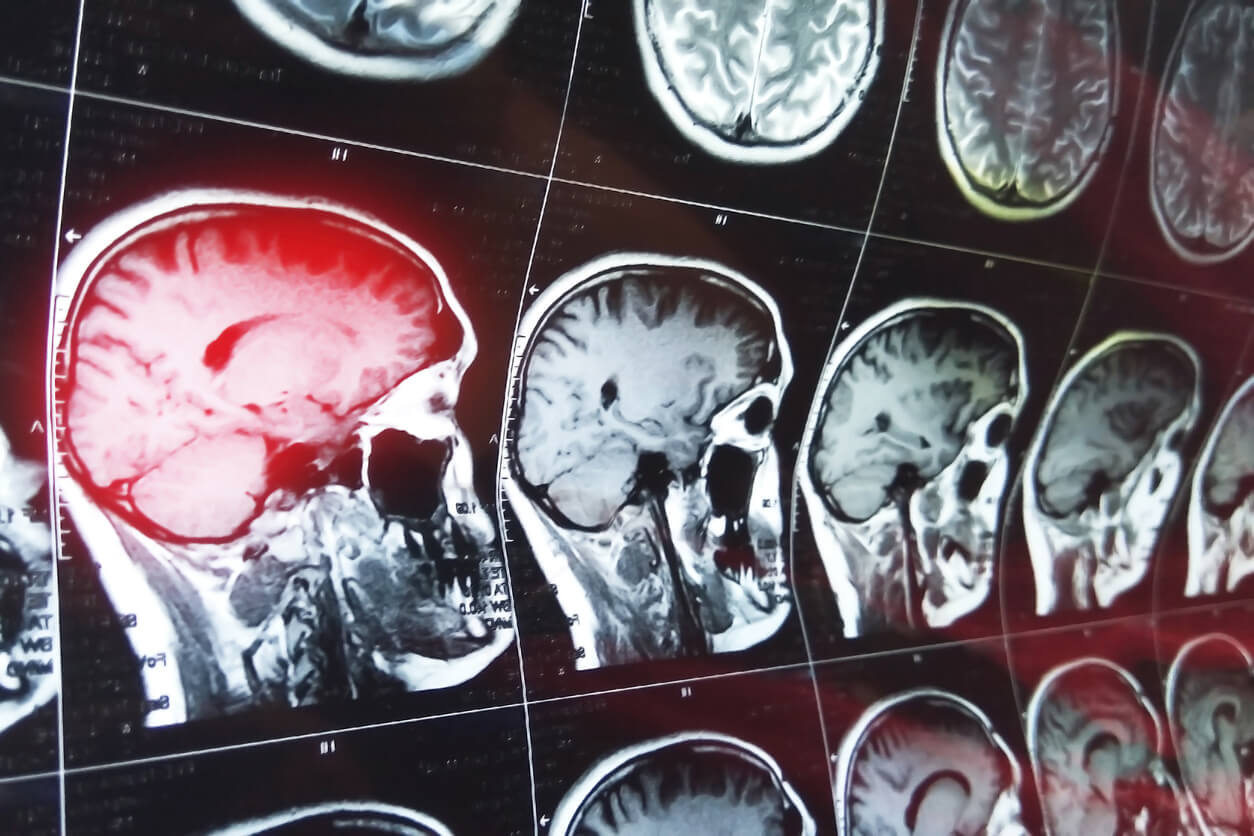
There is a growing concern in Australia and internationally about the incidence of sport-related concussions and the potential health ramifications. A concussion is a brain injury, a complex physiological process that affects the brain, induced by external forces. Trauma may be c...
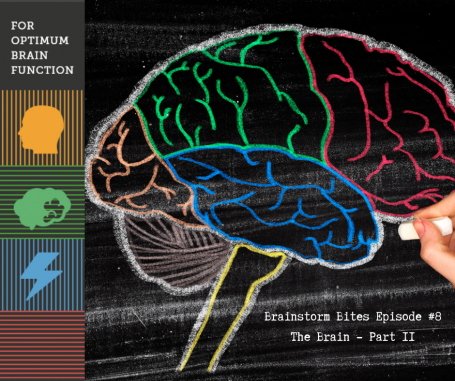
In our last edition in Brainstorm Bites we discussed the brain. We looked at the characteristics typical of a left hemisphere vs right hemisphere individual. If you need to revise simply click on Episode 7 , likewise you can review or replay any of the previous editions from Br...

The researchers in the journal Psychology of Sport & Exercise found that music can impact your effort. The athletes generated more enjoyment, and that this effect has the potential to reduce the chances of people giving up on exercise. During exercise, listening to ...
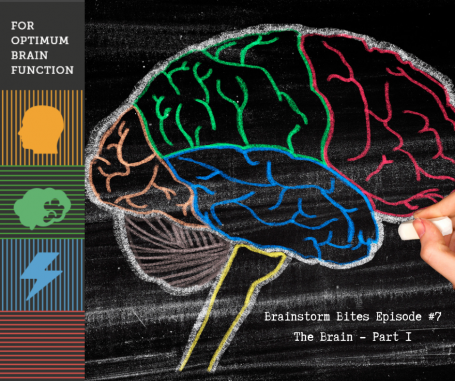
Have you ever wondered at the complexity of the human brain? In episode #7 we will reflect on the structural and functional neuroanatomy of the human brain. That means we will look at the how and why of your brain.
Firstly, the two-kilogram weighted brain has a protective she...
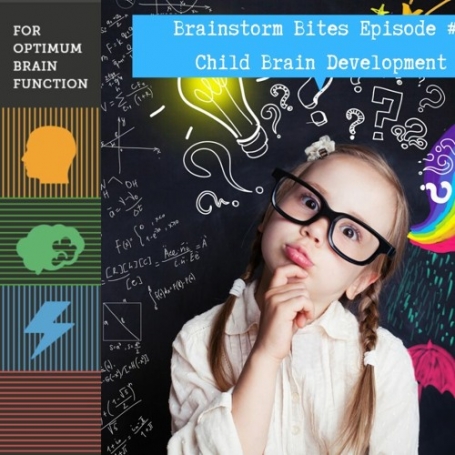
On episode #6 of Brainstorm Bites, we look further into child brain development and the impact primitive reflexes (PR) can have on brain development if they are retained or not fully integrated during the first 6-12 months of life. Functions of the higher centres includin...
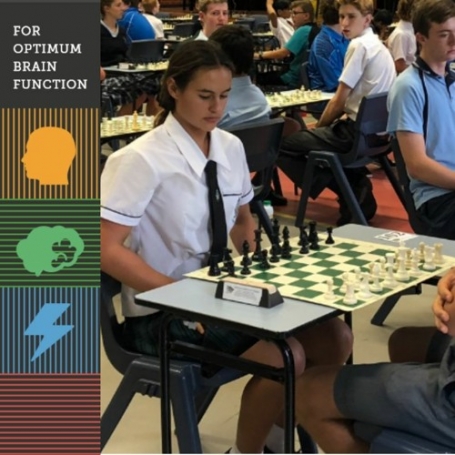
Darren Gray from Brainstorm, sponsor for St Joseph's Regional College Chess Team, interviews Sea McManus about her recent win at a Sydney tournament.
Darren discusses training, preparation, game day and how Sea maintains her concentration during a day-long tournament. ...
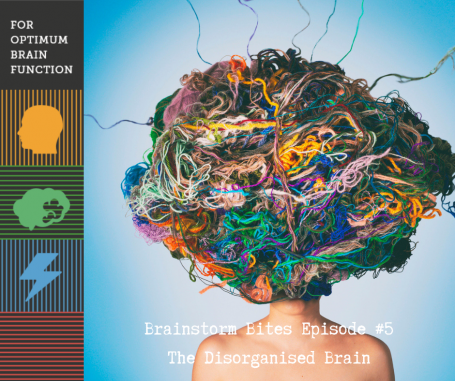
In episode #5 of Brainstorm Bites we discuss impacts of a dis-organised brain. The inability to efficiently access information from various levels is a significant developmental concern. For example How can a child learn math or language - both clear examples of high brain - lev...
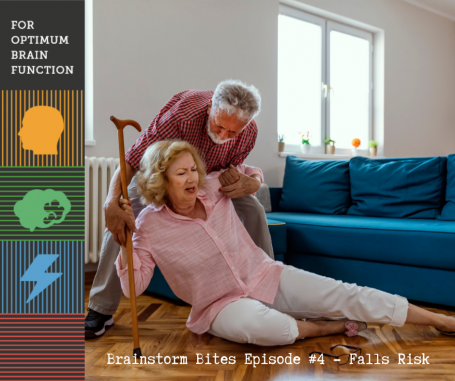
Today's Brainstorm Bites podcast is an important one. Particularly for those in the community who are elderly, have elderly loved ones or for people who work within aged care health, seniors hostels or community health services. Falls risk is a severe issue for our communities. ...
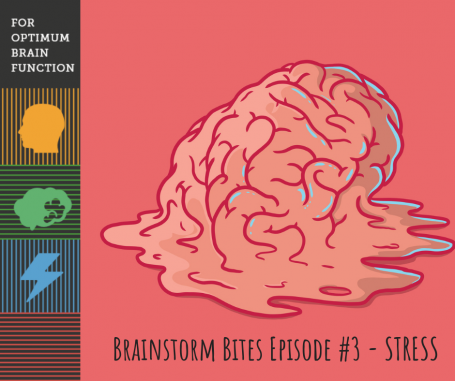
Hi, I am Darren Gray, Chiropractor and neurological rehabilitation therapist from Brainstorm Rehab. I switch brains on.
What is STRESS? How does stress affect the brain? Over the next short while I will chat to you on Brainstorm Bites our podcast on brain health, these quest...

If you talk to parents who have kids with learning and behavioural issues, the most common correlation among these children will be their sensory processing or the lack of it. While it is a common notion that a majority of children with disorders about the Autism Spectrum have ...
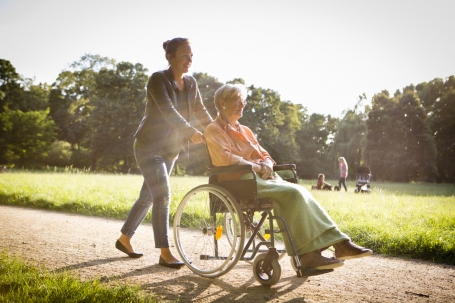
Spasticity is a condition that affects the muscles and ultimately interrupting normal movements patterns such as reaching with the arm or walking. During movement, our brain sends an impulse through the nervous system to the muscle we want to move. When the muscles on one side o...

Painful shoulder conditions that limit movement are prevalent and are caused by injuries affecting the shoulder joint, muscles, tendons, ligaments and cartilage. Doing more movements with the arm than with any other body part is possible. The arm is such a helpful tool th...

Sensory Processing Disorder (SPD) is a complex neurological condition that impairs functional and social development. Children identified with Sensory Processing Disorder (SPD) have altered interpretation of most sensory awareness. Often these children can feel overwhelmed by s...

You don’t necessarily need probiotics to be healthy. However, these microorganisms may help with digestion and offer protection from harmful bacteria, just as the existing “good” bacteria in your body already do. Your body contains about 100 trillion bacteria — mo...

More and more children start school with some form of developmental delay. Have you considered a school readiness program? Early brain development is one of the most important pathways to ongoing learning, behavioural competence, positive social relationships an...
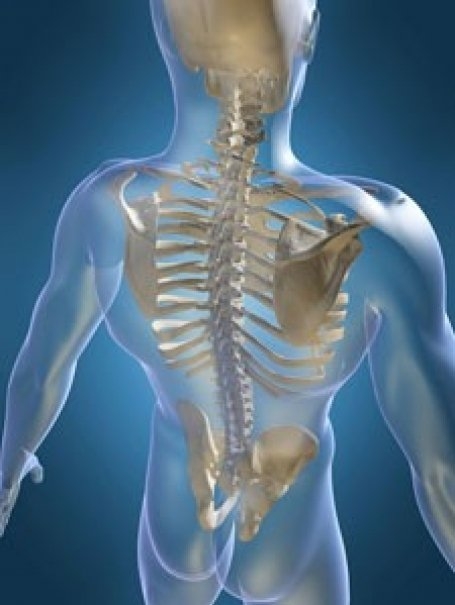
Spinal cord injuries occur most often in adolescents, young adults, and the elderly. Males are more at risk for spinal cord injuries than females. The central nervous system is made up of the brain and spinal cord. Nerve impulses that control body movement travel between the bra...

Sports injuries are commonly caused by overuse, direct impact, or the application of force that is greater than the body part can structurally withstand. An injury that happens suddenly, such as a sprained ankle caused by an awkward footfall, is known as an acute injury. ...

Watch the video below to learn more about how to access the services of Brainstorm remotely. Darren J Gray BSc MChiro MClinRehaNeuro Chiropractor and Cert.Rehab Therapist ...
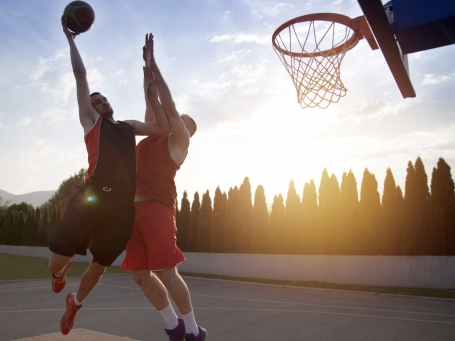
A basketball athlete requires various qualities for optimum performance. Not limited, but some qualities include; speed and agility, power, flexibility, spatial awareness and skill. An appropriate training regime should encompass all these various features of sports performance....

People who are under a lot of stress tend to do one of two things – either they eat more or they eat less. But despite what they do, more often than not, people under stress gain weight! The body’s response to stress is a release of adrenaline which triggers the “fi...
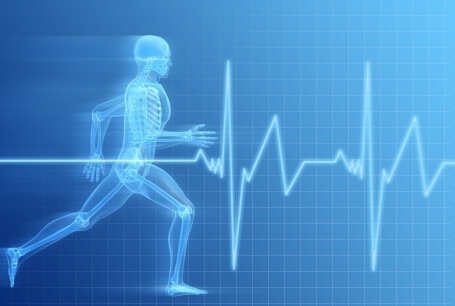
Technology in rehabilitation has advanced incredibly in recent years. For example, the ability to measure and monitor activity participation in the environment in a reliable manner has necessitated wearable sensors in healthcare (Patel, Park, Bonato, Chan, & Rodgers,...
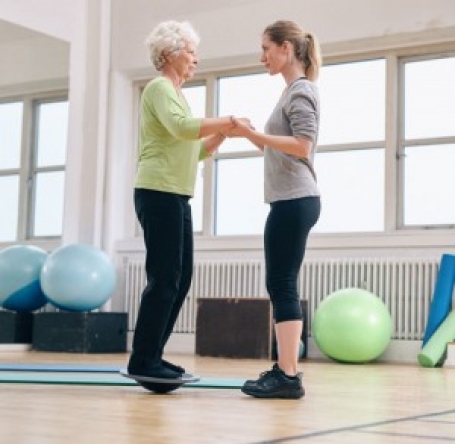

Posture is reflection of how you balance your body. You continually use your muscles which counter and correct the body relative to gravity. To help you keep an upright posture, you use your eyes to gauge what is level, along with sensory information from your inner ears, muscle...


Movement errors such as clumsiness and falls are common for motor control learning during development (Nicolson & Fawcett, 2007). For some children however this clumsiness extends well past the usual time period of early childhood. Coordination disorders in children are ver...

The vestibular system includes the parts of the inner ear and the brain that help control balance and eye movements. Vestibular disorders can result if the system is damaged by disease, aging, or injury. Symptoms may include vertigo, dizziness, and imbalance, among others.
The ...
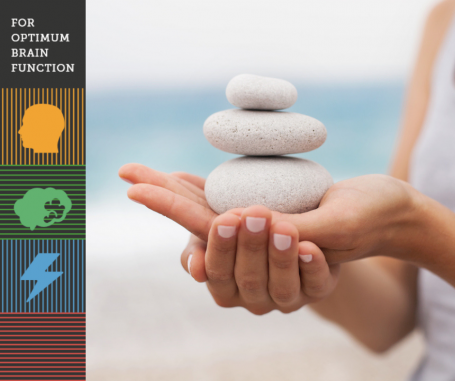
Have you ever wondered how we stay upright? Or have you noticed that while you nod your head your eyes shift and roll? Why do some people experience vertigo, giddiness or unsteadiness? Over the next short-while I will chat to you on Brainstorm Bites our podcast on brain health, t...
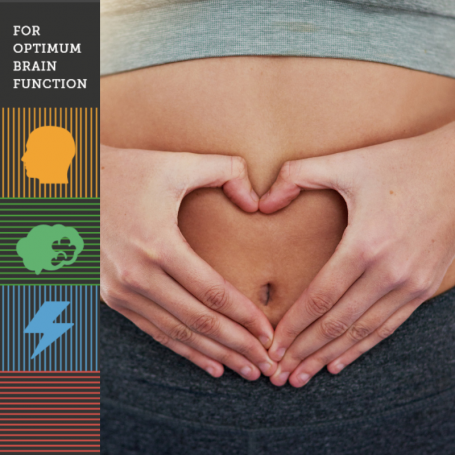
In Brainstorm Bites Episode #1 we discuss the link between food digestion and a healthy brain. We introduce you to the ENTERIC NERVOUS SYSTEM, sometimes referred to as the second brain and the NEUROPOD cell which is a vital relay cell that communicates directly to the brain. Fo...

School life in today’s world has become quite hectic and tedious for kids. Successful career prospects require children to be well-learned and intelligent right from the beginning. Hard work is not only appreciated but also mandatory, or the child will be deemed a lagger, some...

A concussion is a brain injury that occurs when there is an impact to the head or body that causes forceful linear and rotational movement of the brain inside the skull. A concussion can happen from being struck on the head or body. For example, sports injuries and car accidents...

Paediatric rehabilitation is about building strength, refining function and inspiring children to increase their skills and confidence to achieve their full potential. Some therapy examples include: 1. Rest! Let your brain and body recover with rest. Yes, ...

At Brainstorm, many various balance tests are incorporated into an examination. Some tests are simple bedside neurological exams, like reflex and muscle power tests, while some require specialised instrumentation, like computerized dynamic posturography (CDP). CDP tests p...

Depression is often a feature of clinical neurological rehabilitation. Depression can often precede periods of challenging rehabilitation and the accompanying frustration and growing awareness that progress may be slow. Furthermore, the limited physical progress, together with ...
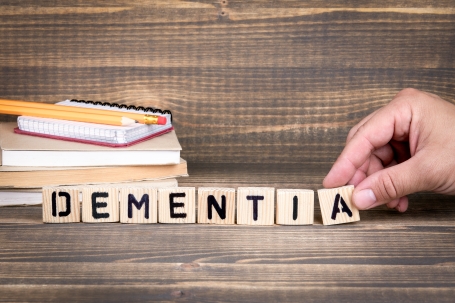
Recognizing the early signs of dementia can be crucial for timely intervention, planning, and receiving the right care. At Brainstorm Rehabilitation, we emphasize that with early diagnosis and appropriate clinical neurological rehabilitation, individuals experiencing cognitive d...

The disabling effects of fatigue can be extremely limiting in themselves. However, fatigue has a secondary negative consequence on brain function. In particular, fatigue can affect memory, concentration, skills tolerance, irritability levels, and physical symptoms such as pain. ...

Have you heard of the post- cruise ship Vertigo? Ever had the feeling and motion you were still on a cruise ship out in the sea? Or a sense of vertigo, disequilibrium, imbalance or even ‘brain fog’? Well, the medical term for the cruise ship vertigo is Mal de Debarqu...

We all know exercise is good for the muscles and joints, but how about brain health training? You can help your brain get in shape and be strengthened and developed with brain health training. The brain is made up of nerves called neurons. These neurons transport informat...
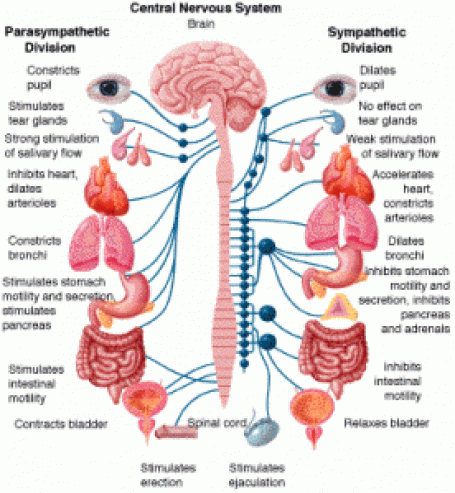
The autonomic nervous system (ANS) regulates the functions of our internal organs (the viscera) such as the heart, stomach and intestines. The ANS is part of the peripheral nervous system and it also controls some of the muscles within the body. We are often unaware of the ANS b...
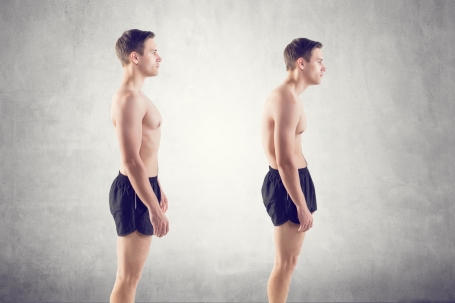
When you injure your back people will often tell you that you have to strengthen your abdominals. If this is not explained correctly one would take this statement that you need to strengthen your stomach muscles by performing sit-ups. The statement is correct but doing si...

There is no single test to diagnose Autism Spectrum Disorder (ASD), previously referred to as Asperger's Syndrome. ASD is recognised as a neurodevelopmental disorder, where a child may exhibit developmental differences compared to their peers. Parents often notice these differen...


Tips to help kids learn. Learning is not simply the acquiring of a new skill. To learn, the recipient must be a good host, such that the host, like your child, is ready and prepared to learn. At Brainstorm, we attend to many children with learning challenges. We have co...

Alzheimer’s disease is the most common cause of dementia in the elderly (Bear, Conners, & Paradisco, 2007). This is the slow deterioration in memory, thinking and general functionality. It is estimated that 37 million people worldwide live with dementia, affecting 5% ...

Not all bacteria is bad. Yogurt and similar foods contain helpful bacteria. Antibiotics are drugs that fight bacteria that cause illnesses such as pneumonia and meningitis. By now, we all know that antibiotics have little effect on illnesses caused by viruses, such as colds or t...
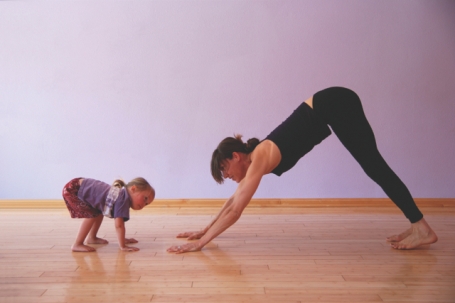
Balance Evaluation Systems are critical in vestibular rehabilitation. Balance maintains the body’s centre of mass over its supporting base (Shumway-Cook & Woollacott, 2007). Regulation of many innate sensory systems, like visual from the eyes and somatosensory from ...

Biofeedback is a helpful way of letting your body tell you how to reduce stress responses. Many of us in the health care field have discovered the positive effects of biofeedback. This tool to enhance one’s “body awareness” can help with issues of chemical dependency, ADD/...
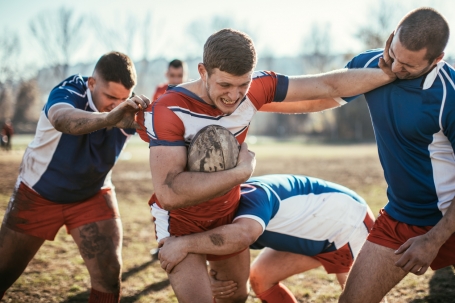
A brachial plexus is a group of nerves that, when injured, can affect your neck, shoulder and arm. The nerves that form the brachial plexus are located near the neck, chest, and shoulder. Nerves that travel between the bones in the neck, connect to form the brachial plexus. The ...
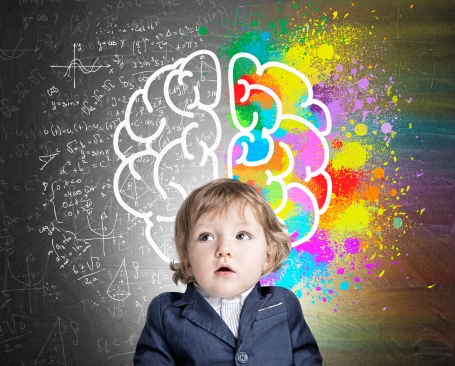
People don’t consider the development of manual dexterity like hand-eye coordination in babies to be an essential element of cognitive development. In fact, the scientific terminology itself – “motor skills” for the movement and “cognitive skills” for mental processi...
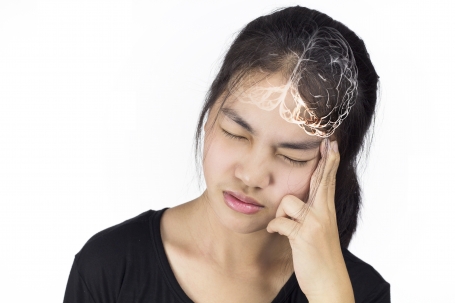
Often a progression of other balance conditions, like vestibular migraine. In fact the development of secondary conditions related cause prolongation of symptoms once the initial inner ear disorder has resolved. The progression maybe related to brain damage from the primary inju...
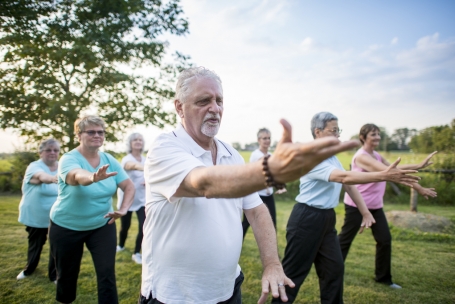
There are six key facts about Balance Disorders. Balance is critical for normal body function. In fact the feeling of balance results from the combination of senses from a number of body systems; such as the eyes (visual system), ears (vestibular and auditory system) and the bo...

Vestibular rehabilitation therapy (VRT) can help with a variety of vestibular problems, including; Benign paroxysmal positional vertigo (BPPV) Unilateral or bilateral vestibular hypofunction Symptoms associated with Meniere’s disease Vestibular neuriti...
Our balance is essential. Balance information is processed in the brain and interplay with other sensory inputs. Disturbance of the balance system is very evident in some learning disorders, like Sensory Processing Disorder. What is Balance Therapy? The vestibular sys...
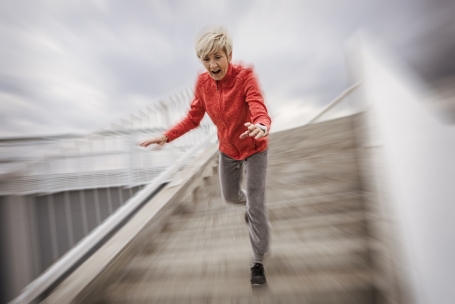
Incidents of serious fall injuries among older adults are on the rise. One in three adults over the age of 65 sustains a fall each year. Considering that the percentage of older individuals continues to increase, these trends are expected to produce even higher numbers. W...

Dizziness and disequilibrium are common complaints reported by many people at Brainstorm's Balance Clinic. Importantly dizziness is not a disease but rather a symptom resulting from disturbance of the vestibular system. This may impair the person’s ability to change positions ...

Everyone occasionally experiences forgetfulness. Mild memory loss tends to increase with age and is generally no cause for concern. However, there is a difference between mild memory loss due to normal aging and progressive or extreme memory loss due to illnesses such as Alzheim...

Regular physical activity is an important part of getting healthy and staying healthy. The benefits of regular physical activity can include: Build strong bones and muscles in kids. Develop skills and stronger balance. Maintain and develop flexibility.&...
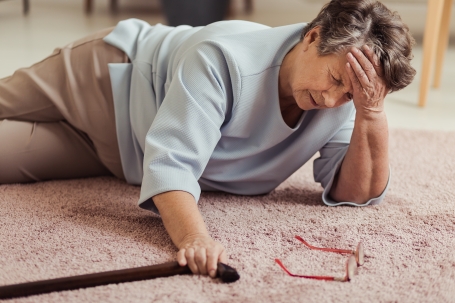
Many falls are preventable! Understanding the four common risks of falls is vital for everyone. Knowledge of falls prevention and how they may affect a person’s level of engagement in daily activities, socialisation, and lifestyle is paramount for individuals with balance diso...

Magnesium is the fourth most abundant mineral in the body and is essential to good health. Approximately 50% of total body magnesium is found in bone. The other half is found predominantly inside cells of body tissues and organs. Only 1% of magnesium is found in blood, but the b...


It is important for children to establish beneficial health habits at an early age, as lasting health habits are usually solidified during childhood. A 2012 article published in the Journal of Manipulative and Physiological Therapeutics says that encouraging a healthy level of p...

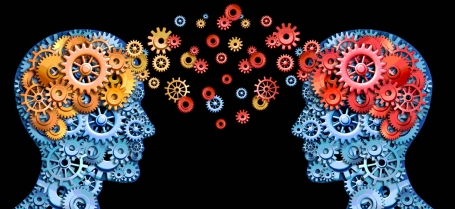
The brain is essentially divided into two halves, hemispheres. Namely, the left and the right hemispheric cortices of the brain. While many functions are shared across hemispheres, several functions principally identify to one hemisphere. Generally, the left hemisphere is reco...

Parkinson’s disease is a brain disorder that affects movements, emotions, and other body functions. It is a degenerative condition that begins with minor tremors and shaking, and progresses into more serious symptoms over time. The brain requires a substance called dopa...

Parkinson’s Disease (PD) is a complex progressive neural degenerative disorder with wide-reaching implications affecting both the patient and their community (Contreras-Vidal & Stelmach, 1996). Movement dysfunctions are a hallmark of PD and can severely compromise the abil...

What is Osteoporosis? Osteoporosis is a disease in which the bones become fragile and brittle. They fracture more easily than normal bone. Even a minor bump or fall can cause a serious fracture. Half of all women and one-third of men over 60 in Australia will have a fract...

If you are one of the many Australians that suffers with neck pain, you will be pleased to know that our proven Chiropractic approach may offer the solution you have been searching for. One out of ten of us will have neck pain at some time in our life. In most cases it is...
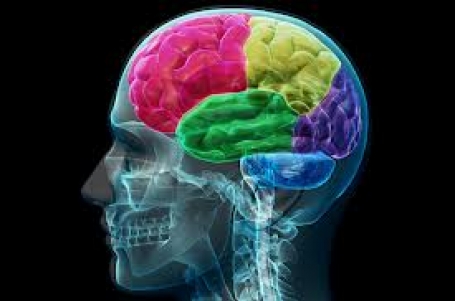
Many people are familiar with negative neuroplasticity which causes increasing brain fog and memory loss, declining mental clarity and dementia. But did you know that helpful neuroplasticity can be achieved by boosting your brain function? This can lead to an improved cognitive ...
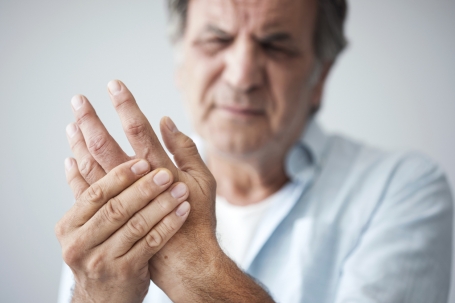
What is Arthritis ? Arthritis is a major cause of disability and handicap in Australia affecting people of all ages and walks of life. Arthritis is not a single condition. Arthritis literally means inflammation of the joint. There are over 150 kinds of arthr...

Certain foods can have anti-inflammatory qualities. Inflammation of any body part is your immune system’s response to an infection, injury or irritation. Localised swelling, redness and pain are the usual warning signs and symptoms of inflammation. Now we’re learning ...

Fall injury prevention is fast becoming a very real issue with health care. Fall injuries are an ominous yet very real part of life for people over 65 and many falls can be prevented once the causes are determined. Functional Neurologists have an important role in the assessmen...

Falls Risk Factors One in every three adults age 65 and older will fall each year. Falling is the leading cause of injury-related death and the most common cause of nonfatal injuries and hospital admissions for trauma amongst the elderly. Falls are a co...

Fall injuries are very common. Injuries resulting from falls represent a significant public health problem throughout the world. It was estimated during 2006/2007, the total cost of health care associated with falls injuries in the older people in NSW was over $550 Mill. The Uni...

A misunderstood area in the field of learning disabilities is the role of gross motor skills in helping children with dyslexia. A common feature of dyslexic children is that a large majority of these children have very poor gross motor skills. A question asked by many researcher...
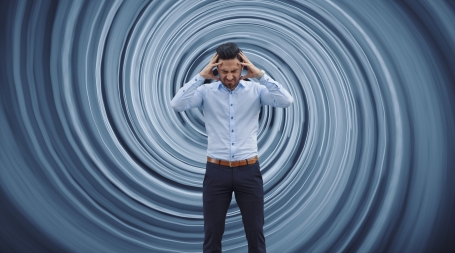
Dizziness is defined as a sensation of lightheadedness, faintness or unsteadiness. The cause of dizziness can arise from either a peripheral vestibular disorder or a central vestibular disorder . For the brain to correctly process balance, there must be appropriate infor...

When it comes to quenching your thirst, water is the clear winner. And the best part? It's free from the excessive sugar found in most fruit, soft, sports, and flavoured mineral waters. Choosing water over these sugary alternatives is a simple yet powerful step towards a healthi...

Benign Paroxysmal Positional Vertigo (BPPV) is one of the most common causes of dizziness. Vertigo, often described as a spinning sensation, can last for just a few moments, but it may recur and vary in intensity. In some cases, it’s self-limiting, while in others, it...

Give Yourself a Gift This Christmas, Stay Healthy During The Festive Season. It’s not called the silly season for no reason. Partying, drinking, indulging, overeating and running around like a headless chicken from event-to-event and shop-to-shop, it’s no wonder man...

Ice is an effective and natural pain killer and anti-inflammatory. Ice should be applied over the inflamed area in the acute or early stages of your problem. (See below for application) Whenever you experience swelling, redness or sharp / stabbing pain it is gene...

The body maintains balance with sensory information from three systems: Balance system (inner ear) Vision
Proprioception (touch sensors in the feet, trunk, and spine) Head motion is detected by the inner ear labyrinth and vision. The semicircular canals s...
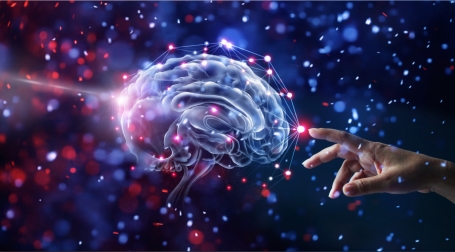
People are living longer than any other time in history. Major nutritional and medical advancements have been made to help keep the body physically healthy. While this increase reflects positive improvements in health care, it has led to an increase in the wear and tear on our b...
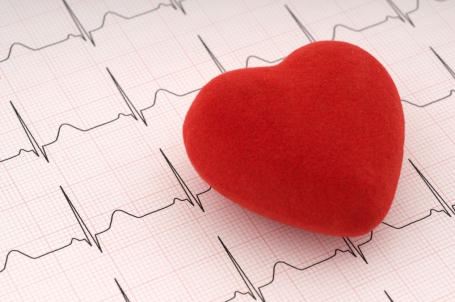
Heart rate variability (HRV) is the physiological phenomenon of variation in the time interval between heartbeats. It is a functional measure of the variation in the beat-to-beat interval . The origin of the heartbeat is located in a sino-atrial (SA) node of the hear...

Many chronic health conditions can be triggered by unidentified and untreated food intolerance’s. If you have any of the following recurring symptoms then you may be suffering from food intolerance. Do not ignore these warning signs or your symptoms could become more severe an...
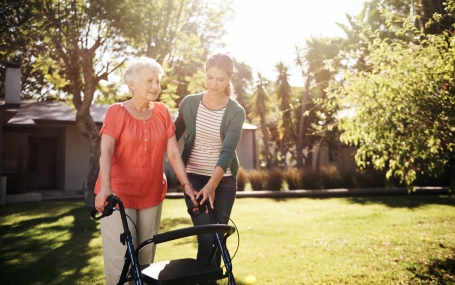
Some risk factors are obviously unavoidable – including age and gender. To limit your falls risk follow the four tips: Unsafe Environments - home health Poor eyes and bad vision PolyPharmacy - too many drugs Poor balance Case Presentation&nb...

Headache is one of the most common illnesses in Australia, with around 15 per cent of us taking painkillers for a headache at any given time. Because headaches are so common, most people think they are a normal part of life. However, a persistent headache is a sign that s...

The Dizziness Handicap Inventory (DHI) measures self-perceived disability attributed to balance disorders. The standard questionnaire contains 25 questions categorised as physical, emotional, or functional qualities that influence dizziness. Why use a Dizziness Handicap Inve...
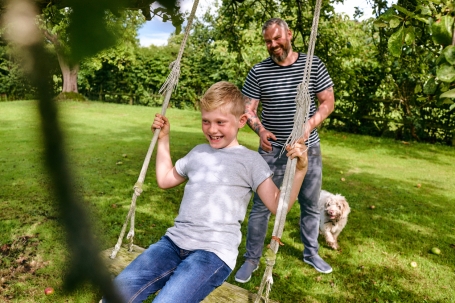
The body maintains balance by using sensory information from three systems. In other words, the brain “sees” the world through sensory input. This information may include: proprioception (relay information from feet, trunk and spine) vestibular system ...

Drinking water is the best way to quench your thirst. Even better, it doesn’t come with all the sugar found in most fruit, soft, sports, and flavoured mineral waters. In New South Wales, 55% of boys and almost 40% of girls in year six drink more than one cup of soft dri...

Emerging technologies have advanced well-being and health assessments for health professionals. One such recent development permits the physical therapist to monitor any subtle changes within the nervous system. Heart Rate Variability captures patterns of brain and nervous syst...
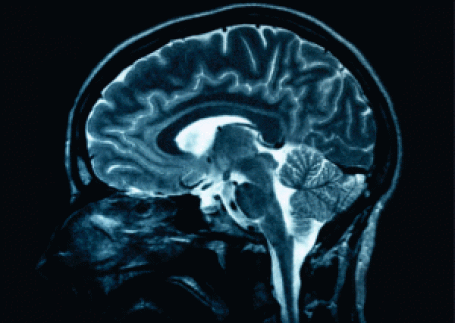
Neuroplasticity is the innate ability of the brain to physically change when challenged with new experiences (Bear, Conners, & Paradisco, 2007). The brain has over a billion neurons - its cellular building blocks interact with each other in complex ways. Signals tr...
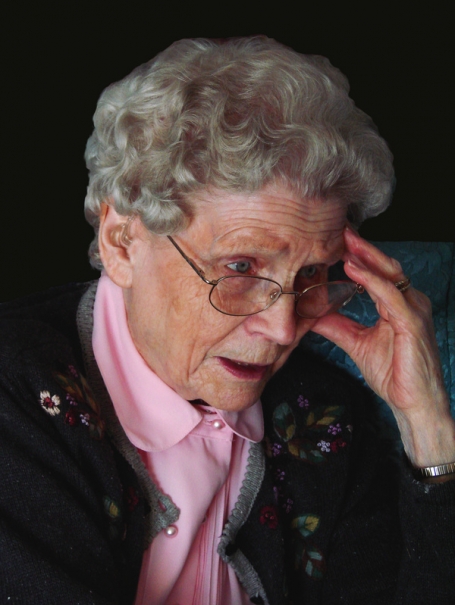
BPPV (benign paroxysmal positional vertigo) is a condition that develops from changes in the ear. These changes can lead to very severe vertigo and a sensation of spinning. The vestibular system in the body helps you balance and know where your head is positioned. Vertigo creat...

Our therapists at Brainstorm are highly skilled and trained in specific balance training, a crucial area in the treatment of vestibular disorders. They are well-equipped to address common symptoms such as dizziness, vertigo, and imbalance, as well as associated issues like nause...

How often has someone informed you to drink more water? Well the scientific benefits of a well hydrated nervous system is very evident. Dehydration is the most common fluid and electrolyte disorder in the elderly adult population. Dehydration occurs when the body’s fluid ou...
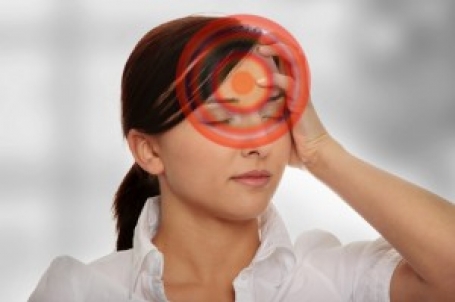
Dizzy sensations that are difficult to describe may include feeling “spaced out” or having the sensation of spinning inside your head. Your doctor may refer to this as nonspecific dizziness. Dizziness: a sensation of light-headedness, faintness, or unsteadiness. Dizzi...

In humans, vertical or Subjective Visual Vertical (SVV) perception depends on many sensory inputs. Our spatial orientation critically depends on accurate reference to the horizontal and vertical. Perception of the vertical is provided by input from sensory pathways, including th...
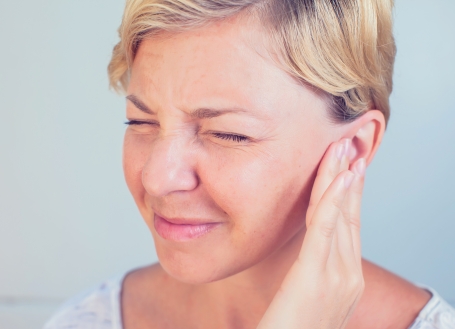
Tinnitus is abnormal noise perceived in one or both ears or in the head. Tinnitus (pronounced either “TIN-uh-tus” or “tin- NY-tus”) can be either a constant or continuous sound or intermittent. The types of sounds may include such things as a ringing, hissing, whistling,...

Practising relaxation techniques such as yoga and tai chi can help you achieve the relaxation response, a state of deep calmness that counteracts the adverse effects of stress. When practiced regularly, these activities can reduce everyday stress levels, anxiety, and muscle tens...
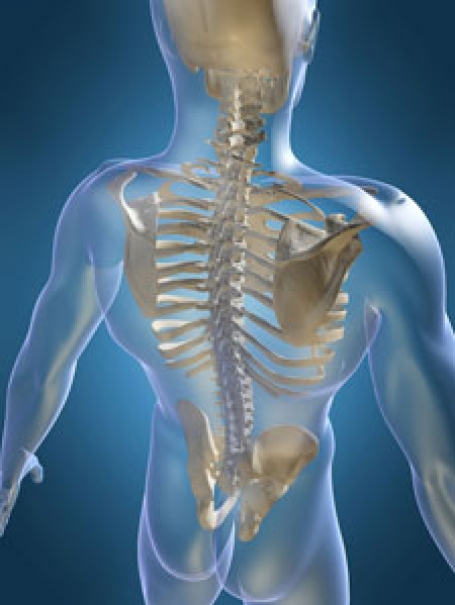
The autonomic nervous system (ANS) regulates the functions of our internal organs (the viscera) such as the heart, stomach and intestines. The ANS is part of the peripheral nervous system and it also controls some of the muscles within the body. We are often unaware of the ANS b...

Your workstation should be set up to cause the least amount of stress on your body. Prolonged hours of poor posture or repetitive work habits, often in a stressful environment can result in significant overuse injury. Applying the following points can help minimise such injuries...

Just move and move at an early age. That is the summary of a study presented in 2012, concluding that lasting health habits are solidified during childhood. Obesity is a real concern for children. The risk of secondary health disorders like diabetes, heart problems, cognitive i...

Millions of individuals have disorders of balance they describe as “dizziness.” Experts believe that more than four out of ten Americans will experience an episode of dizziness significant enough to send them to a doctor. What can be difficult for both a patient and h...

Many people who suffer from dizziness, imbalance, or vertigo have trouble finding out why. Dizziness and vertigo are not actually “diagnoses,” they are symptoms of a diagnosis. However, many physicians will use these terms as if they were a diagnosis. Vertigo is the most spe...
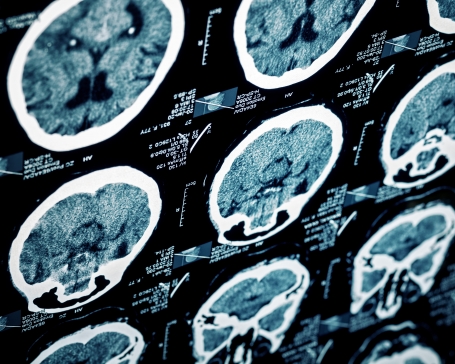
A stroke is always a medical emergency. If you recognise the signs of a stroke, call 000. A stroke is not a heart attack. It happens when the supply of blood to the brain is suddenly interrupted. Some strokes are fatal, while others cause permanent or temporary disability. ...

While many of us gauge our health by how we feel, it's important to remember that feeling healthy now doesn't negate the potential benefits of supplements. These nutritional aids can play a crucial role in preventing health issues before they arise. When illness, health p...

Vestibular disorders are a common feature in our community. Here is a list of some important facts about this condition; The vestibular system includes the parts of the inner ear and brain that process sensory information involved with balance. Over 35% of US adu...
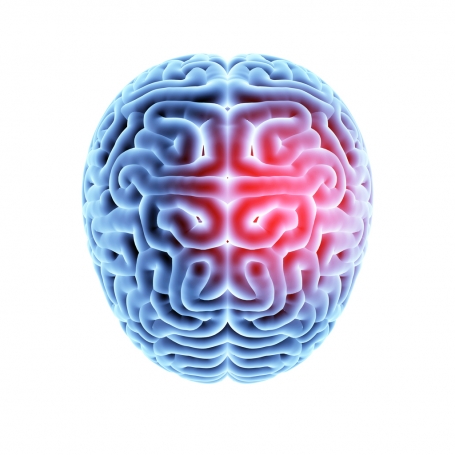
Traumatic Brain Injury is an alarmingly common disorder. To assist you in understanding more about this condition we have presented the following article. In the UK, the incidence of traumatic brain injury hospital admissions is over 270 people per 100,000 of the populat...
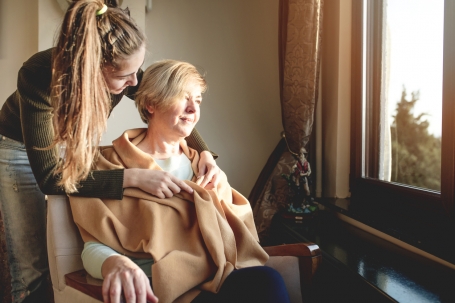
20 things NOT to say or do to a person with dementia Don’t say, ‘but you don’t look or sound like you have dementia’ Don’t tell us we are wrong Don’t argue with us or correct trivial things Don’t say ‘remember when…’ Don’t ...

The following are common symptoms associated with dyslexia in children; The words and letters are often inappropriately inserted when reading. Often words and letters are frequently skipped or omitted. The letters and syllables of common or repetitive wor...

Dizziness is a symptom that is real to you but is not observable by your doctor. To diagnose a vestibular system disorder, your doctor must rely on signs they can observe. This may include abnormal eye or body movements. In the early stages of many vestibular disorders, these si...

Neurological rehabilitation is a form of therapy for brain injury. Brain injury or Traumatic Brain Injury (TBI) is a frightfully common disorder that will effect you some way or another. Many problems can occur after brain injury most of which are amenable to intervention...

Allergies occur when an overactive immune system produces proteins called IgE antibodies against substances in the environment that are otherwise harmless — pollens, house dust mites, moulds, animal hair (dander) and in some cases, specific food proteins. A food allergy is mai...

Now is the time to use your insurance before it's lost forever!
Most health funds claim benefits last only for 12 months, usually from January 1st through until December 31st. Unused claims generally DO NOT carry over to the next year, so this means if you do not ...

Vitamin C has numerous valuable roles supporting body health. Not exclusive to but including tissue and cellular repair and manufacturing, as well as enhancing the immune system. Busy lifestyles, limited access to whole foods rich in Vitamin C and current food preparation a...

Australia is well known for its abundance of sunshine. Hence, it is perhaps surprising that vitamin D deficiency is a common condition affecting a large proportion of Australians. A recognised consequence of low vitamin D is osteomalacia in adults. It also contributes to osteopo...
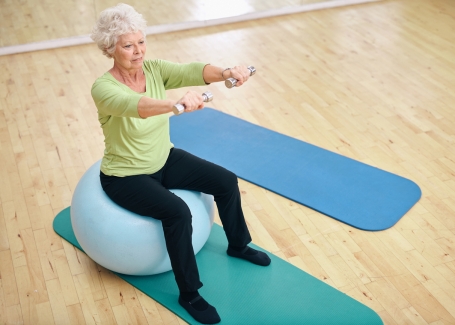
Patients who come to the Brainstorm with a vestibular disorder may have various symptoms. Common symptoms of a vestibular disorder include dizziness, vertigo, and imbalance. Patients may also experience nausea, hearing changes, anxiety, fatigue, and trouble concentrating. ...


Verbal learning disabilties and impairments typically include dyslexia, dyscalculia and dysgraphia. These verbal learning disabilities can be broadly classified in functional terms. Such that dyslexia includes most disorders of reading and spelling, dyscalculia labeled as a ma...
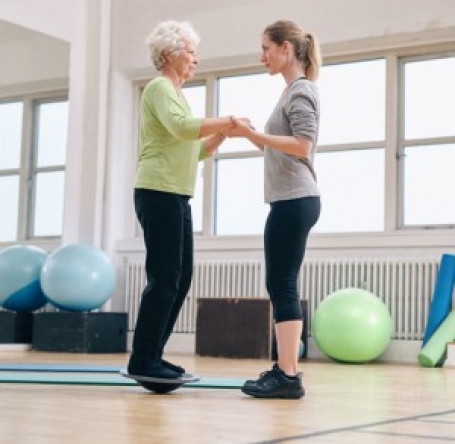
While most doctors are trained to suspect inner ear disorders if a patient complains of violent nausea and whirling sensations, such intense symptoms do not constantly occur in the early stages of inner ear disorders. If you report that you feel off-balance, unsteady, light-head...
